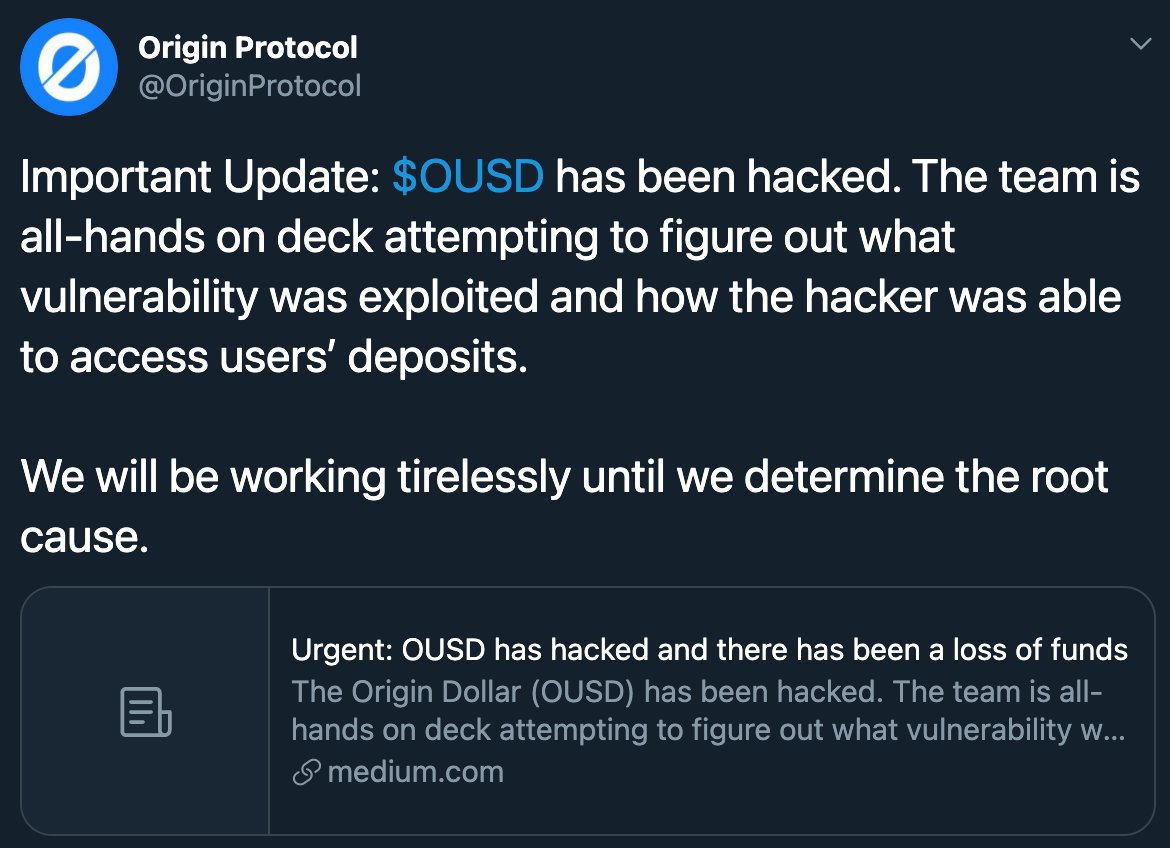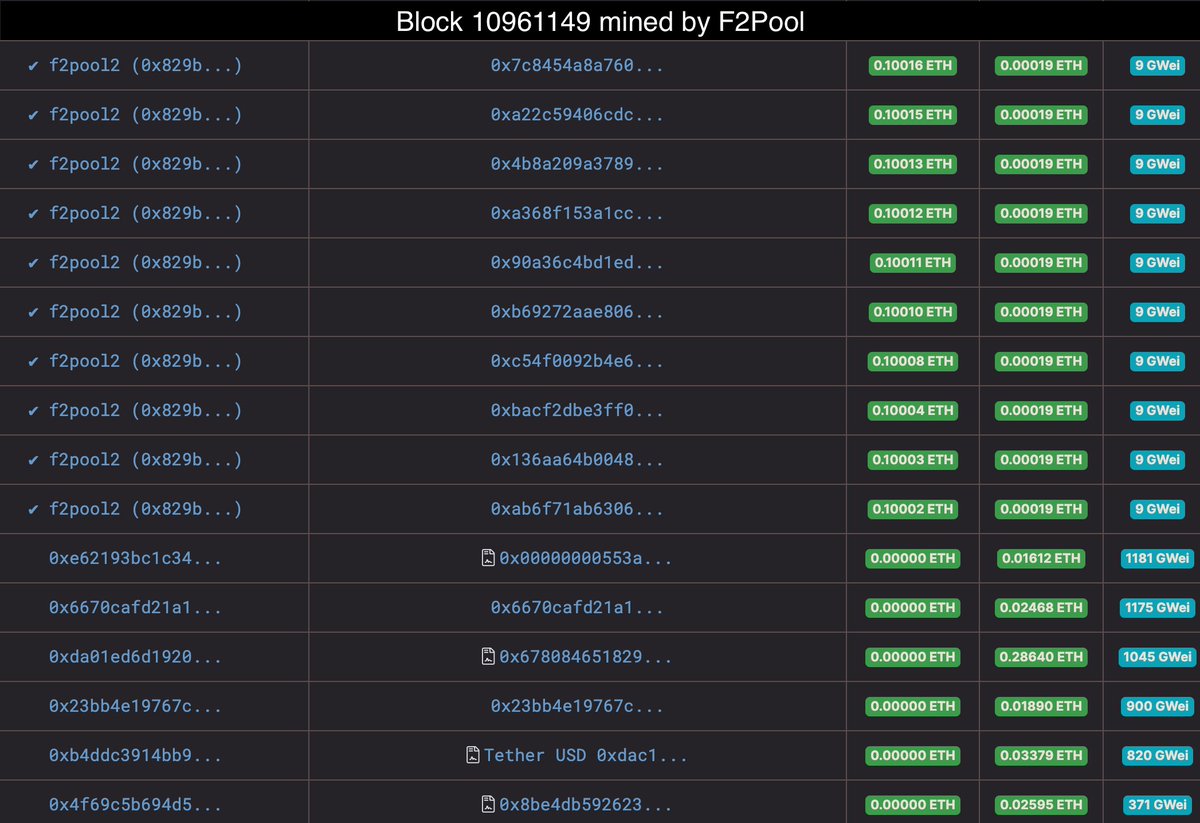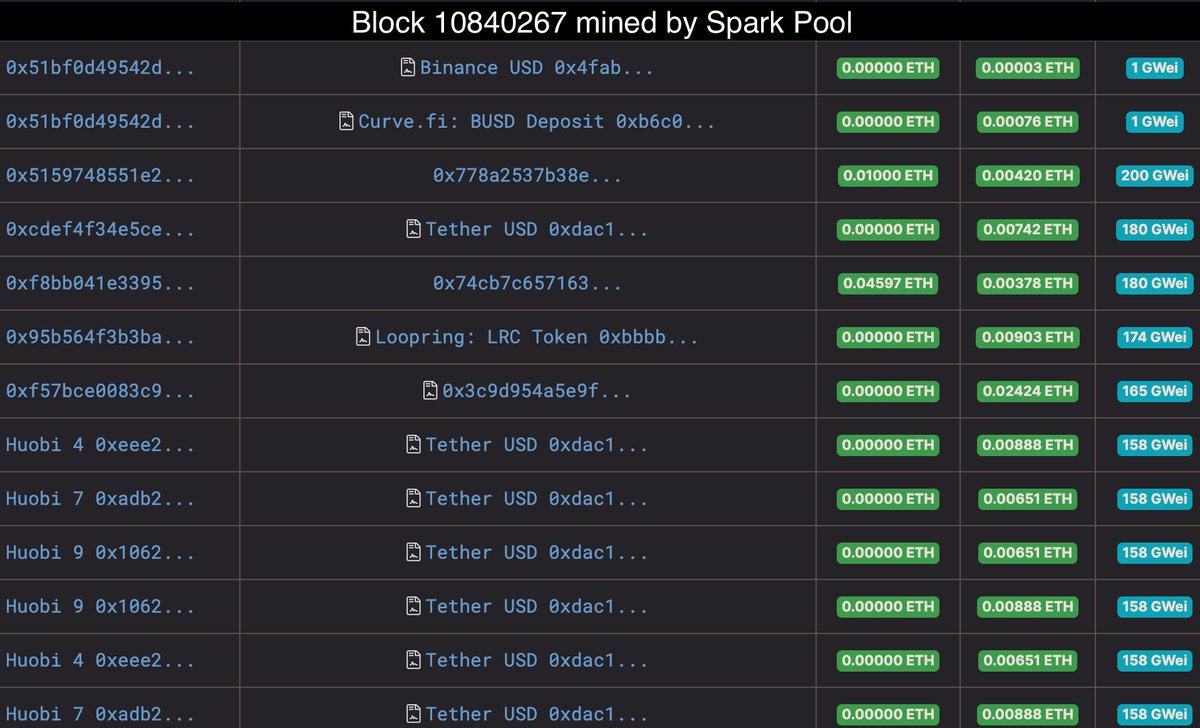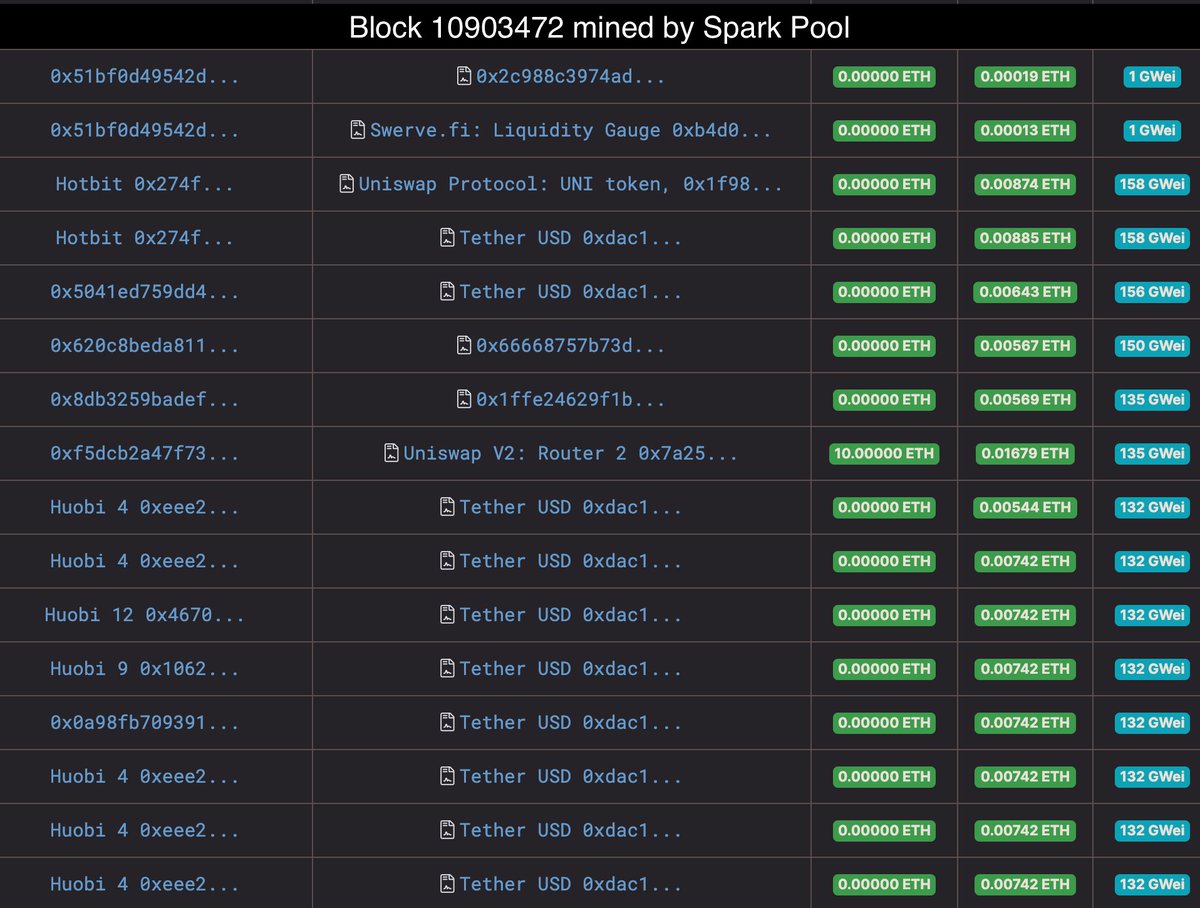
1/9
Today I’m starting a new chapter in my life by joining @TheBlock__ family as a Research Analyst. I am very grateful to @lawmaster and all the rest of the team who supported the materials that I published here.
Also from today, I will be using my real name Igor on Twitter.
Today I’m starting a new chapter in my life by joining @TheBlock__ family as a Research Analyst. I am very grateful to @lawmaster and all the rest of the team who supported the materials that I published here.
Also from today, I will be using my real name Igor on Twitter.
2/9
All articles on Medium and the most interesting threads that were written as Frank will be listed below with a few comments. Take a few minutes of your time to find out about how Blockstack faked users or what MEV transactions look like. Let’s go.
All articles on Medium and the most interesting threads that were written as Frank will be listed below with a few comments. Take a few minutes of your time to find out about how Blockstack faked users or what MEV transactions look like. Let’s go.
3/9
The announcement that @blockstack has over 1 million users was just ridiculous, so I wondered if I could find anything on their blockchain.
Apparently, the answer should have been news of the integration of Firechat (fc-). The messenger is now dead.
medium.com/@FrankResearch…
The announcement that @blockstack has over 1 million users was just ridiculous, so I wondered if I could find anything on their blockchain.
Apparently, the answer should have been news of the integration of Firechat (fc-). The messenger is now dead.
medium.com/@FrankResearch…
4/9
Black Thursday for @MakerDAO, a couple of days after the event, seemed to me insufficiently researched, given that it was the largest DeFi protocol and users did not understand why they lost their collateral.
medium.com/@whiterabbit_h…
Black Thursday for @MakerDAO, a couple of days after the event, seemed to me insufficiently researched, given that it was the largest DeFi protocol and users did not understand why they lost their collateral.
medium.com/@whiterabbit_h…
5/9
Two hacks in a row related to reentrancy in imBTC were my first high point. Back then, there were not yet as many analysts who could quickly understand what was happening.
Two hacks in a row related to reentrancy in imBTC were my first high point. Back then, there were not yet as many analysts who could quickly understand what was happening.
https://twitter.com/FrankResearcher/status/1251771278719098886
6/9
In just a couple of days, I finished my research on the state of the treasury wallets of various ICO projects, which was an extended version of what @DiarNewsletter once did. The article has a link to wallets that you can follow.
medium.com/@FrankResearch…
In just a couple of days, I finished my research on the state of the treasury wallets of various ICO projects, which was an extended version of what @DiarNewsletter once did. The article has a link to wallets that you can follow.
medium.com/@FrankResearch…
7/9
Of course, strange high-fee transactions over the summer caught my attention. And even though my theory that it was a money laundering bot turned out to be incorrect, PlusToken’s trail is still there.
medium.com/@FrankResearch…
Of course, strange high-fee transactions over the summer caught my attention. And even though my theory that it was a money laundering bot turned out to be incorrect, PlusToken’s trail is still there.
medium.com/@FrankResearch…
8/9
Having decided one day to check the order of transactions in blocks, I noticed that some miners sort transactions in a very strange way. As is now known, it was @Archer_DAO.
Having decided one day to check the order of transactions in blocks, I noticed that some miners sort transactions in a very strange way. As is now known, it was @Archer_DAO.
https://twitter.com/FrankResearcher/status/1311350156219101185
9/9
Of course, this is not a complete list, I also published:
- analysis of almost every DeFi hack, if I managed to be the first
- CRV launch
- many more
After joining The Block, there will be even more insights, so be sure to get a subscription if you don’t already have one.
Of course, this is not a complete list, I also published:
- analysis of almost every DeFi hack, if I managed to be the first
- CRV launch
- many more
After joining The Block, there will be even more insights, so be sure to get a subscription if you don’t already have one.
• • •
Missing some Tweet in this thread? You can try to
force a refresh





















